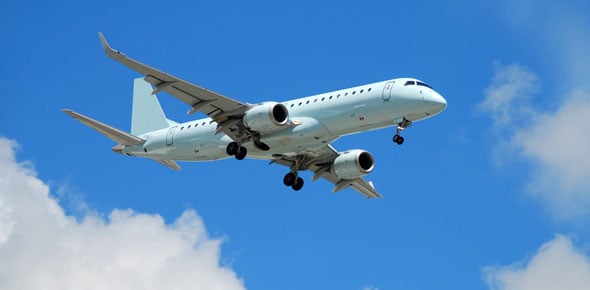Two wing-mounted ________________________ engines produce power to the...
The FADEC has two identical but isolated channels. One operates as the...
The FADEC in-control channel is switched ...
The _______ opens the Starter Control Valve (SCV), providing bleed air...
The fuel filter removes contaminants from the engine fuel. The...
Oil quantity indication is provided for each engine oil tank and is...
The FADEC energizes ...
If no light off is detected within ...
The FADEC monitors N2 and automatically turns on both igniters and...
The ________ provides an interlock function to protect against...
The FADEC provides engine start protection on the ground as follows:
The second flows through the fuel/oil heat exchanger to the...
The _______________________________ maintains the oil temperature...
Whenever ICE CONDITION is sensed the ___ for the FLIGHT IDLE and...
The ______________________ (FMU) , controlled by the FADEC,...
The Variable Stator Vanes system consists of two fuel driven actuators...
The FADEC initiates ignition at approximately ...
The Automatic Takeoff Thrust Control System (ATTCS) is controlled by...
The engine starting system consists of a __________________ (ATS).
The FADEC closes the ______ when the starter cutout speed...
After a light off occurs, the FADEC commands the starter to cutout at...
An in flight cross-bleed start is identical to an on ground start, but...
If the engine relight does not occur within ____ or N2 falls below...
Thrust reverser deployment occurs only if the airplane is on the...
To improve the ITT control on engine ground starts the FADEC will not...
The engine starting system consists also of a __________________...
Engine ...
The go around mode is activated in flight whenever the...
Fuel supplied by the airplane fuel tanks flows to the engine fuel...
The ________ modes are automatically adjusted by the FADEC in...
For windmill starting, the SCV configures the pneumatic system. The...
The minimum flex takeoff thrust is limited to _____ maximum rated...
Whenever the ATTCS is triggered, TO-x RSV automatically becomes the...
The ________ is the highest engine thrust possible and it is to be...
Flight Idle ___ varies with altitude and can change as a function...
During aircraft power up, _________________________. Whenever the...
The ATTCS automatically commands RSV whenever it is armed, thrust...
During engine start if the ITT reaches its limit the FADEC...
The RSV mode is manually activated by moving the thrust levers...
Final Approach Idle is active as follows:...
Whenever N2 reaches ______ the FADEC automatically commands an engine...
The Thrust Reverser System is ________________ actuated and...
Above approximately 50% N2 the FADEC is powered by the...
Flexible takeoff is possible with ATTCS ...
The maximum continuous thrust is to be used on emergency situation...
During ground operations, auto relight attempts are terminated and...
However the go around thrust can be achieved anytime in flight when...
With the _______________________ there is no N1 automatic increase but...
In the event of three consecutive overspeed detection events within...
The FADEC controls the ITT limits for engine start and throughout...
Approach Idle is used in flight to enable rapid acceleration to...
Manual switching between the climb modes is possible anytime in flight...
The idle mode selections are the following:...
Each engine has an independent lubrication system. ...
The pump contains one supply and _____ scavenge pumping elements.
Subsequently, if no light off is detected after the reintroduction of...
The FADEC has no protection for hot starts, hung starts or failure to...
















